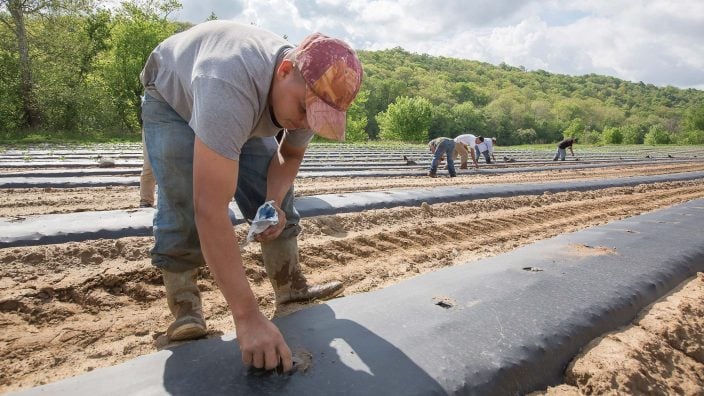Applications for Ohio Farm Bureau Health Plans now available
Members have three ways to apply: contacting a certified agent, calling 833-468-4280 or visiting ohiofarmbureauhealthplans.org.
Read MoreThe following information is provided by Nationwide®, the No. 1 farm and ranch insurer in the U.S.*
It’s a trend in American agriculture: the big are getting bigger. Recent U.S. Department of Agriculture data show farms with at least $1 million in annual revenue account for 4% of the nation’s farms, but 66% of the commodities produced in the nation.
As farm workforces and asset bases grow and change, farmers today are increasingly adapting farm management strategies to integrate things like human relations and employee management.
As farms and acres grow, so do workforces. That causes changes in farm management priorities, added Nationwide Agribusiness Senior Underwriting Director Doug Becker.
 “Large farmers are investing in bigger facilities and truck fleets. You may need to start adding HR resources so you can manage new tasks like vetting truck drivers so you know your fleet is well-maintained and safe,” Becker said. “That’s not an easy transition for farmers who are wired to put ROI first. It’s hard to put a price on adding people and resources to make sure you’re not becoming more exposed to risk.”
“Large farmers are investing in bigger facilities and truck fleets. You may need to start adding HR resources so you can manage new tasks like vetting truck drivers so you know your fleet is well-maintained and safe,” Becker said. “That’s not an easy transition for farmers who are wired to put ROI first. It’s hard to put a price on adding people and resources to make sure you’re not becoming more exposed to risk.”
Mitigating that risk on large farms happens in different ways. Managing a large farm today accounts for risk mitigation in several ways. Consider devoting resources to these priorities as your farm grows:
While ROI is a major factor in many changes as your farm grows, it’s often difficult to measure for things like workforce training and education. That doesn’t mean they’re without value. “Since these aren’t really tangible, they’re not necessarily going to show a direct ROI,” Becker said. “It’s important to see the value of these things when you’re growing your operation.”
For these types of specific farm management components, Owens recommends thinking in the context of both ROI and general competitiveness.
“There has to be a return on the investment,” he said. “Investing in these types of things will help make you more competitive, which will provide ROI in the long run.”
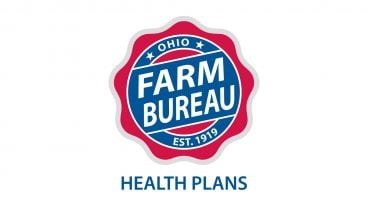
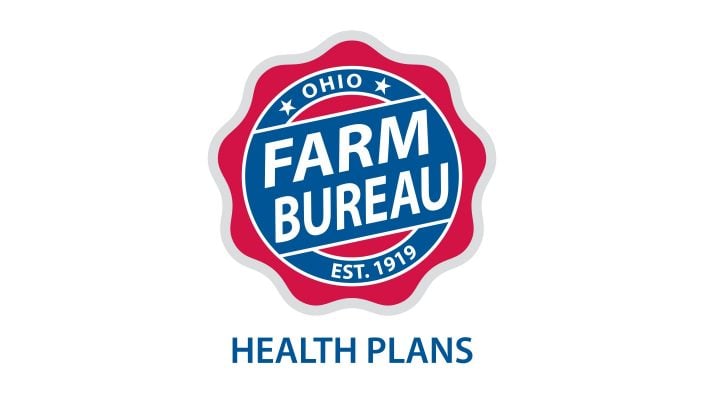
Members have three ways to apply: contacting a certified agent, calling 833-468-4280 or visiting ohiofarmbureauhealthplans.org.
Read More

Bill Patterson, Cy Prettyman and Adele Flynn will continue to serve as officers for Ohio Farm Bureau Federation.
Read More

Delegates discussed many topics impacting agriculture including farmland preservation, local foods, and succession planning.
Read More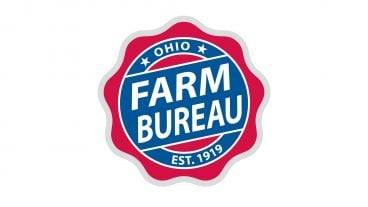
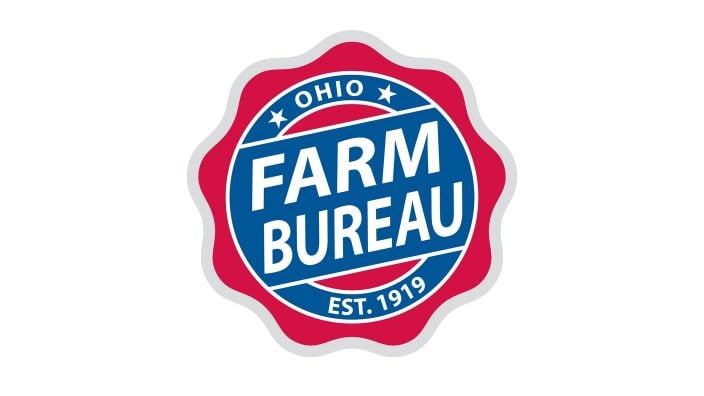
Twenty-six farmers govern the state’s largest farm and food organization.
Read More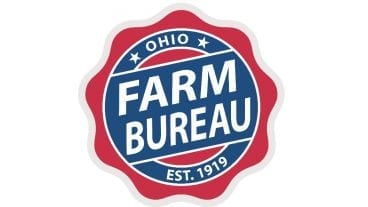
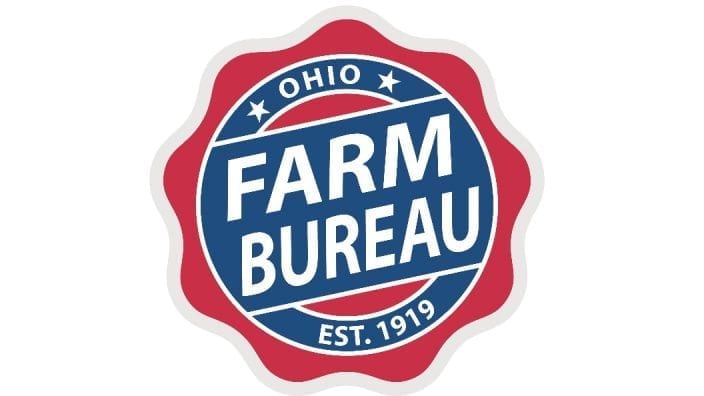
The 2025 recipients are Fred Cooke (posthumous) of Richland County, Marvin Dietsch of Williams County, Steven Knollman of Hamilton County and Michele Miller (posthumous) of Ottawa County.
Read More

Nathan and Jill Parriman grow seasonal crops, including Christmas trees, pumpkins and cut flowers, providing U-cut experiences that invite customers to engage directly with agriculture.
Read More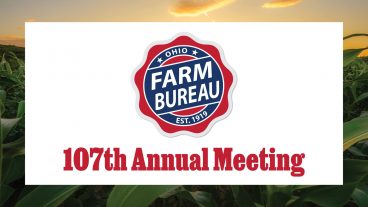
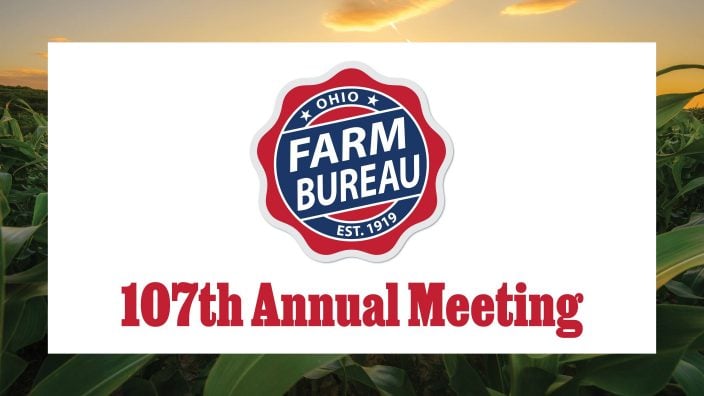
The 2025 Distinguished Service Award recipients are Craig Adams, Mike Townsley, and Kellogg Farms, Kurt Farms and Stateler Family Farms.
Read More

Ohio Farm Bureau Treasurer Adele Flynn participated in the meeting, representing Ohio farmers.
Read More

For Ohio and PJM region, the outlook is reassuring—ample reserves and strong planning should keep the power on.
Read More

The average price for a classic holiday feast for 10 in Ohio will cost $55.87.
Read More